
So we rounded up 12 of the most common cooking mistakes and what you can do to either prevent them, or fix them.
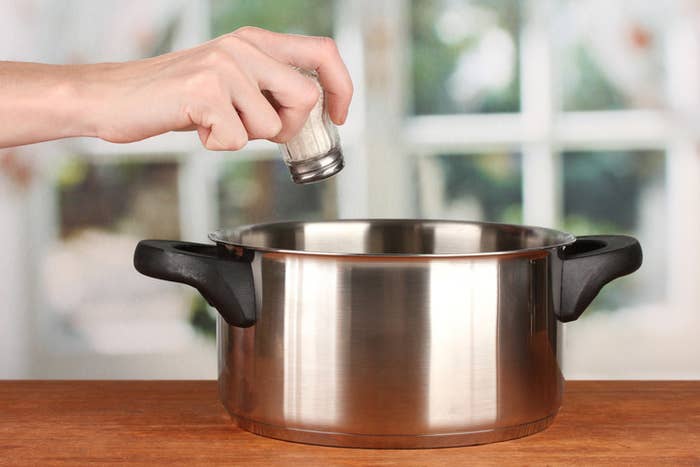
1. PROBLEM: You brought too a great deal salt to your dish.
SOLUTION: Try adding an unsalted liquid such as low-sodium broth or inventory (or even water) to skinny it out a bit. You can additionally try including an acid (such as lemon juice or vinegar) to tone down the flavor, but this will solely masks the salt, now not eliminate it. Despite what you've got heard, adding chunks of potatoes to "soak up the salt" is not a actual fix. While the potatoes do soak up a tiny bit of salt, the amount they soak up is so small it will barely make a difference.Learn more: Check out
SOLUTION: Try including an unsalted liquid such as low-sodium broth or inventory (or even water) to skinny it out a bit. You can also attempt including an acid (such as lemon juice or vinegar) to tone down the flavor, but this will only masks the salt, now not put off it. Despite what you've got heard, including chunks of potatoes to "soak up the salt" is not a actual fix. While the potatoes do soak up a tiny bit of salt, the amount they soak up is so small it will barely make a difference.
2. PROBLEM: You cut into your rooster and it is nonetheless uncooked in the middle.
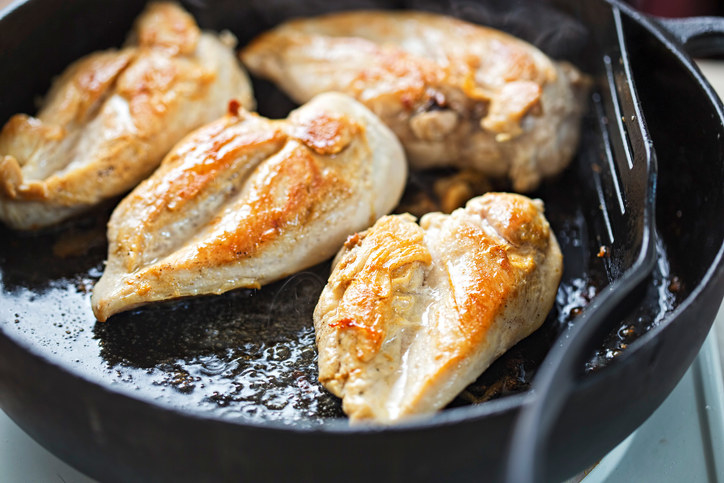
SOLUTION: Well, you need to maintain cooking it! But how you prepare dinner it can be the difference between it coming out dry or moist. The unhappy information is that once you reduce into the chicken, you are letting a lot of the juices out. So, to avoid any in addition moisture loss, you'll choose to add the hen returned to your pan cut-side down to sear the exposed interior and continue cooking it until it's done. Next time, use an immediately read thermometer to check the temperature. It ought to read 165°F in the thickest part.Learn more: Get a recipe for baked chicken breasts.
SOLUTION: Well, you need to keep cooking it! But how you cook dinner it can be the distinction between it coming out dry or moist. The unhappy information is that as soon as you cut into the chicken, you're letting a lot of the juices out. So, to avoid any in addition moisture loss, you will prefer to add the chicken back to your pan cut-side down to sear the uncovered interior and continue cooking it till it is done. Next time, use an immediately study thermometer to check the temperature. It should read 165°F in the thickest part.
3. PROBLEM: You burnt the backside of your pot.
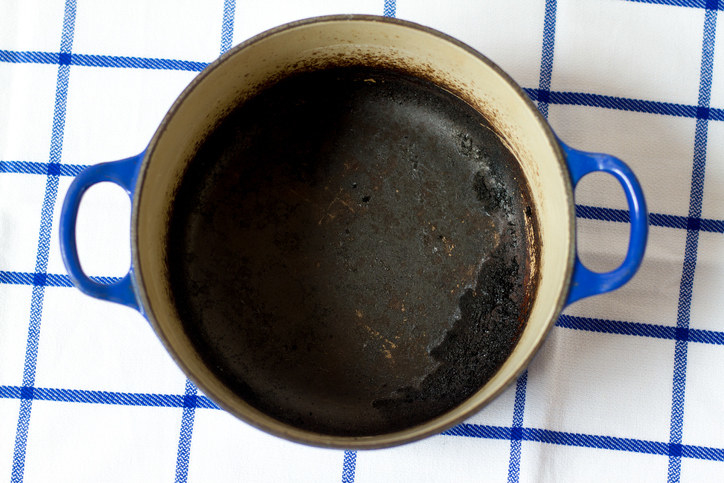
SOLUTION: If there may be still food in your pot (such as soup it really is nevertheless cooking), you'll want to transfer it into a new pot right away. The longer your food stays in the pot, the more burnt flavor it will take on. Once it is out, fill your burnt pot with a thin layer of vinegar and baking soda and scrub the burnt bits off. (The mixture will fizz up a bit, so be careful!) Next time just turn the warmness down and make sure you stir your meals frequently to stop burning.
SOLUTION: If there's nevertheless meals in your pot (such as soup it's nevertheless cooking), you'll desire to transfer it into a new pot right away. The longer your meals stays in the pot, the greater burnt taste it'll take on. Once it's out, fill your burnt pot with a thin layer of vinegar and baking soda and scrub the burnt bits off. (The mixture will fizz up a bit, so be careful!) Next time simply turn the heat down and make certain you stir your food frequently to forestall burning.
4. PROBLEM: Your sparkling vegetables are wilted and sad.

SOLUTION: Fill a massive bowl with ice water and submerge your wilted vegetables in it for about 30 minutes to an hour. Remove the leaves, dry them in a salad spinner (or with paper towels), and they need to be satisfactory and perky. To stop your greens from wilting in the future, try storing them with a paper towel to take in some of their excess moisture.Learn more: See how to revive wilted greens.
SOLUTION: Fill a large bowl with ice water and submerge your wilted vegetables in it for about 30 minutes to an hour. Remove the leaves, dry them in a salad spinner (or with paper towels), and they be first-rate and perky. To forestall your greens from wilting in the future, try storing them with a paper towel to take in some of their extra moisture.
5. PROBLEM: Your pasta sticks together.

SOLUTION: Make sure that your water is at a rolling boil. If it is no longer boiling, your pasta is greater in all likelihood to stick together. (It's also more likely to stick collectively throughout the first few minutes of cooking, so make sure to supply it a few properly stirs when you add it.) If your pasta sticks collectively after you prepare dinner it (while sitting in a colander, for example), gently ruin it up and toss it in a thin coating of olive oil.Learn more: How to prevent pasta noodles from sticking together.
SOLUTION: Make positive that your water is at a rolling boil. If it is no longer boiling, your pasta is more probable to stick together. (It's also more likely to stick together at some point of the first few minutes of cooking, so make positive to provide it a few properly stirs when you add it.) If your pasta sticks collectively after you cook dinner it (while sitting in a colander, for example), gently ruin it up and toss it in a skinny coating of olive oil.
6. PROBLEM: Your floor meat isn't browning
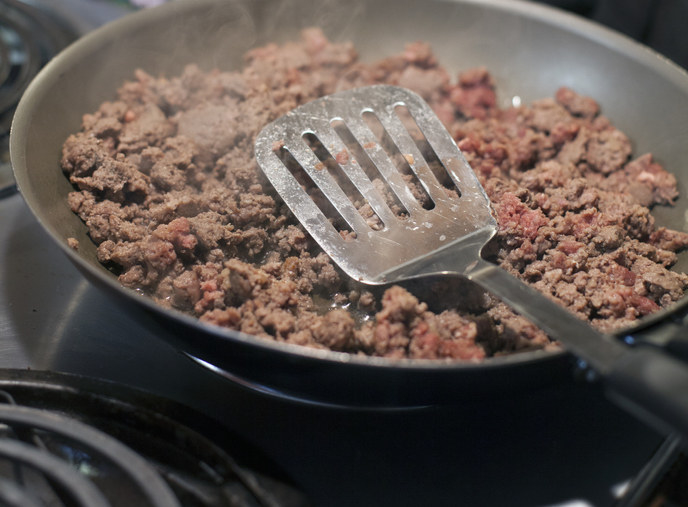
SOLUTION: Make sure to dry the floor meat with a paper towel earlier than adding it to a hot, lightly oiled pan — and after that, don't touch it! Giving the floor pork time to genuinely brown before breaking it up is the key, so be patient and depart it alone! Once you see the edges start to brown and crisp up a bit, you can go beforehand and spoil it up.Learn more: Get step-by-step directions for browning ground meat.
SOLUTION: Make certain to dry the ground meat with a paper towel earlier than including it to a hot, gently oiled pan — and after that, don't touch it! Giving the floor beef time to truly brown earlier than breaking it up is the key, so be patient and go away it alone! Once you see the edges start to brown and crisp up a bit, you can go ahead and smash it up.
7. PROBLEM: The juices from your meat run all over your cutting board.
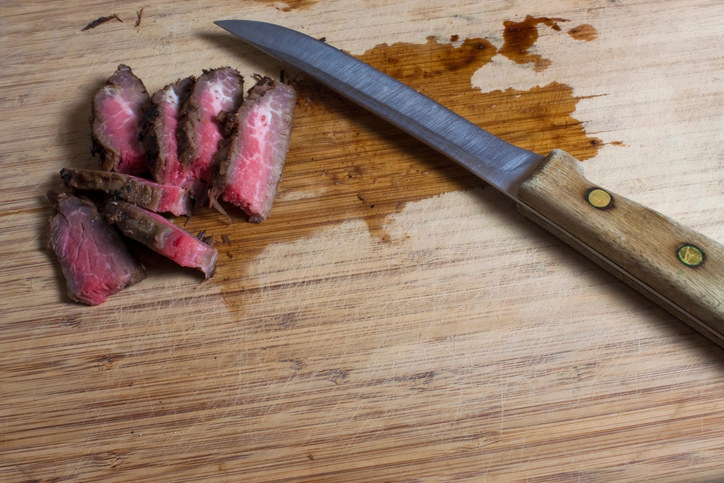
SOLUTION: You need to let your proteins relaxation for five to seven minutes after cooking earlier than you reduce into them. (This ordinarily applies to steaks, fowl breasts, and pork.) If you reduce them right away, they may lose a ton of moisture and dry out a bit. (This is the pool of juices you every so often see on reducing boards after you reduce them.) Be patient, supply them time to rest, and your steak should flip out fantastic and juicy.Learn more: Read more about why you need to let your steaks rest.
SOLUTION: You want to let your proteins rest for 5 to seven minutes after cooking before you reduce into them. (This in general applies to steaks, hen breasts, and pork.) If you reduce them proper away, they'll lose a ton of moisture and dry out a bit. (This is the pool of juices you from time to time see on slicing boards after you cut them.) Be patient, supply them time to rest, and your steak should turn out excellent and juicy.
8. PROBLEM: Your hard-boiled eggs have a bizarre grey-green ring around the yolk.
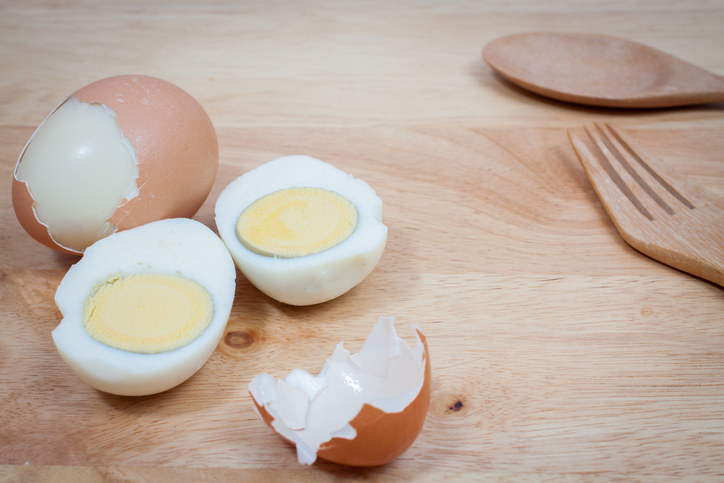
SOLUTION: Simply prepare dinner them for much less time. While the greenish ring may be unsightly, the eggs are nevertheless flawlessly first-rate to eat. To avoid it in the future, prepare dinner your eggs in a single layer in a pot (don't stack them), then cover them in cold water, convey to a boil, turn off the heat, and let the eggs sit down in the water for 15 minutes. Immediately drain them and pop them into ice water to quit the cooking process.Learn more: Read more about the science in the back of the green ring that types round overcooked egg yolks.
SOLUTION: Simply prepare dinner them for less time. While the greenish ring may additionally be unsightly, the eggs are nonetheless perfectly best to eat. To avoid it in the future, cook dinner your eggs in a single layer in a pot (don't stack them), then cowl them in cold water, bring to a boil, turn off the heat, and let the eggs sit in the water for 15 minutes. Immediately drain them and pop them into ice water to end the cooking process.
9. PROBLEM: Your melted chocolate turns out dry and clumpy.

SOLUTION: Chocolate that has lumped collectively in a crumbly, dress mess has seized — which is just a fancy time period for chocolate that has come into contact with water. (Because melted chocolate + water do not mix.) To prevent this, make sure you begin with dry tools and strive your absolute fine to forestall any water droplets from splashing into the chocolate. If you do give up up with seized chocolate, add one tablespoon of boiling water at a time till it smooths returned out. (Which sounds counterintuitive, however simply works. You just won't be in a position to mood it or use it for coating, however it'll be correct sufficient for most baking projects.)
Note: Chocolate that has overheated and burned can additionally clump up and appear dry. Unfortunately, at that factor there is no longer a great deal you can do with it. To stop that in the future, make sure to soften your chocolate in a double boiler or in the microwave in 10-second increments.
10. PROBLEM: Your cookies always turn out dry and crispy.
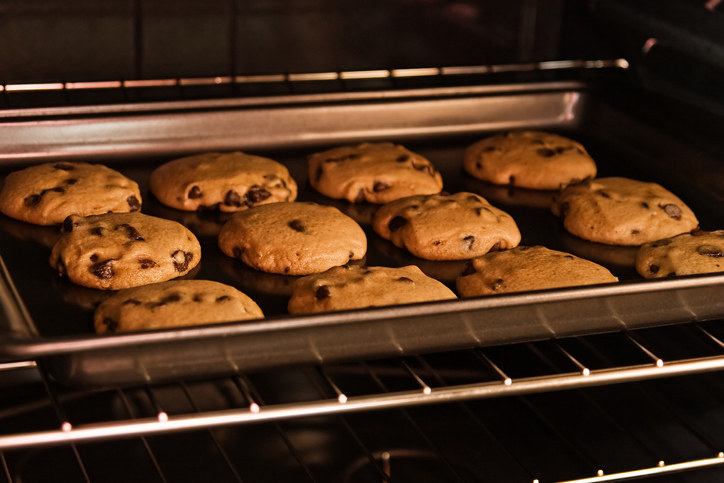
SOLUTION: Decrease the quantity of time you bake them for and do not let them cool on the warm cookie sheet. For example, if a recipe tells you to bake them for 12 minutes, take a look at them after They have to nevertheless be very tender and barely golden. (They will association up once they cool.) Also, do not let your cookies cool on a warm sheet pan. The warmth from the pan will continue to cook them long after you take them out of the oven. Instead, switch them onto a cooling rack.Learn more: Learn how to make the high-quality chocolate chip cookies.
SOLUTION: Decrease the amount of time you bake them for and don't let them cool on the hot cookie sheet. For example, if a recipe tells you to bake them for 12 minutes, test them after 10. They have to nevertheless be very tender and barely golden. (They will company up as soon as they cool.) Also, don't let your cookies cool on a warm sheet pan. The warmth from the pan will continue to prepare dinner them lengthy after you take them out of the oven. Instead, transfer them onto a cooling rack.
11. PROBLEM: Your sauces and gravies flip out lumpy.
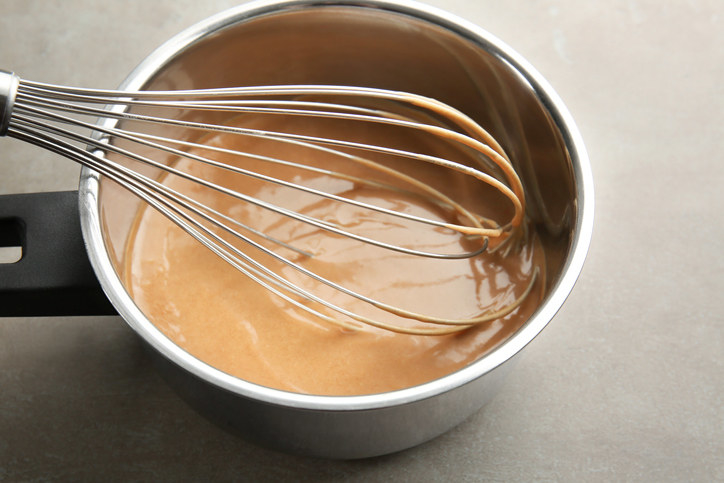
SOLUTION: If your gravy turns out lumpy, the easy solution would be to strain it. In the future, attempt including your liquid to your roux slowly (adding it too rapidly can lead to lumps) and make certain the liquid you're adding is warm. Adding cold liquid to a hot roux will increase the hazard of it clumping together. As you are adding the liquid, whisk constantly to assist include the roux and you have to be A-OK.Learn more: Check out 5 guidelines for preventing lumps in your gravy.
SOLUTION: If your gravy turns out lumpy, the easy solution would be to strain it. In the future, attempt adding your liquid to your roux slowly (adding it too shortly can lead to lumps) and make sure the liquid you're including is warm. Adding bloodless liquid to a warm roux will increase the risk of it clumping together. As you are including the liquid, whisk continuously to help contain the roux and you need to be A-OK.
12. PROBLEM: Your garlic usually burns.
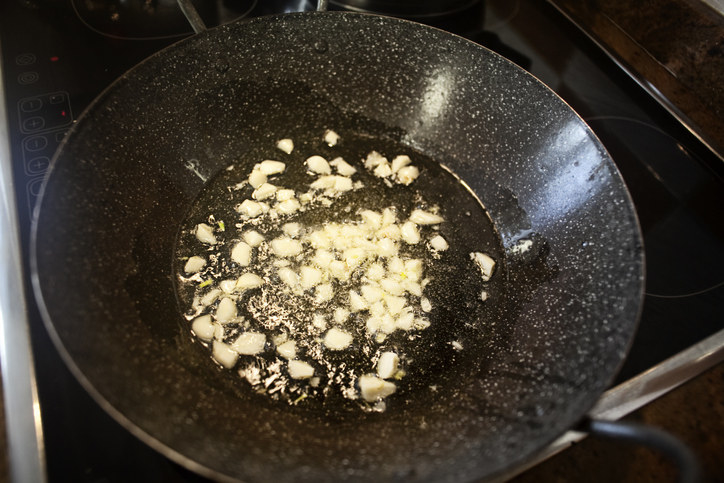
SOLUTION: The next time you cook dinner with garlic, add it to the pan later in the cooking process. The most frequent cause human beings burn garlic is because they add it way too early and it has too a great deal time to cook. Also, maintain in mind that garlic does now not do properly with magnificent high temperatures, so do not add it to a pan this is ripping hot. Another trick is to swap from minced garlic to sliced garlic. Sliced garlic can face up to a longer cooking process, although you may additionally not choose whole slices of garlic in all of your dishes.Learn more: Check out even greater hints so you never burn garlic again.
SOLUTION: The subsequent time you prepare dinner with garlic, add it to the pan later in the cooking process. The most common reason humans burn garlic is because they add it way too early and it has too a lot time to cook. Also, keep in thought that garlic does no longer do well with superb high temperatures, so don't add it to a pan that is ripping hot. Another trick is to swap from minced garlic to sliced garlic. Sliced garlic can withstand a longer cooking process, although you may additionally not want complete slices of garlic in all of your dishes.

No comments:
Post a Comment